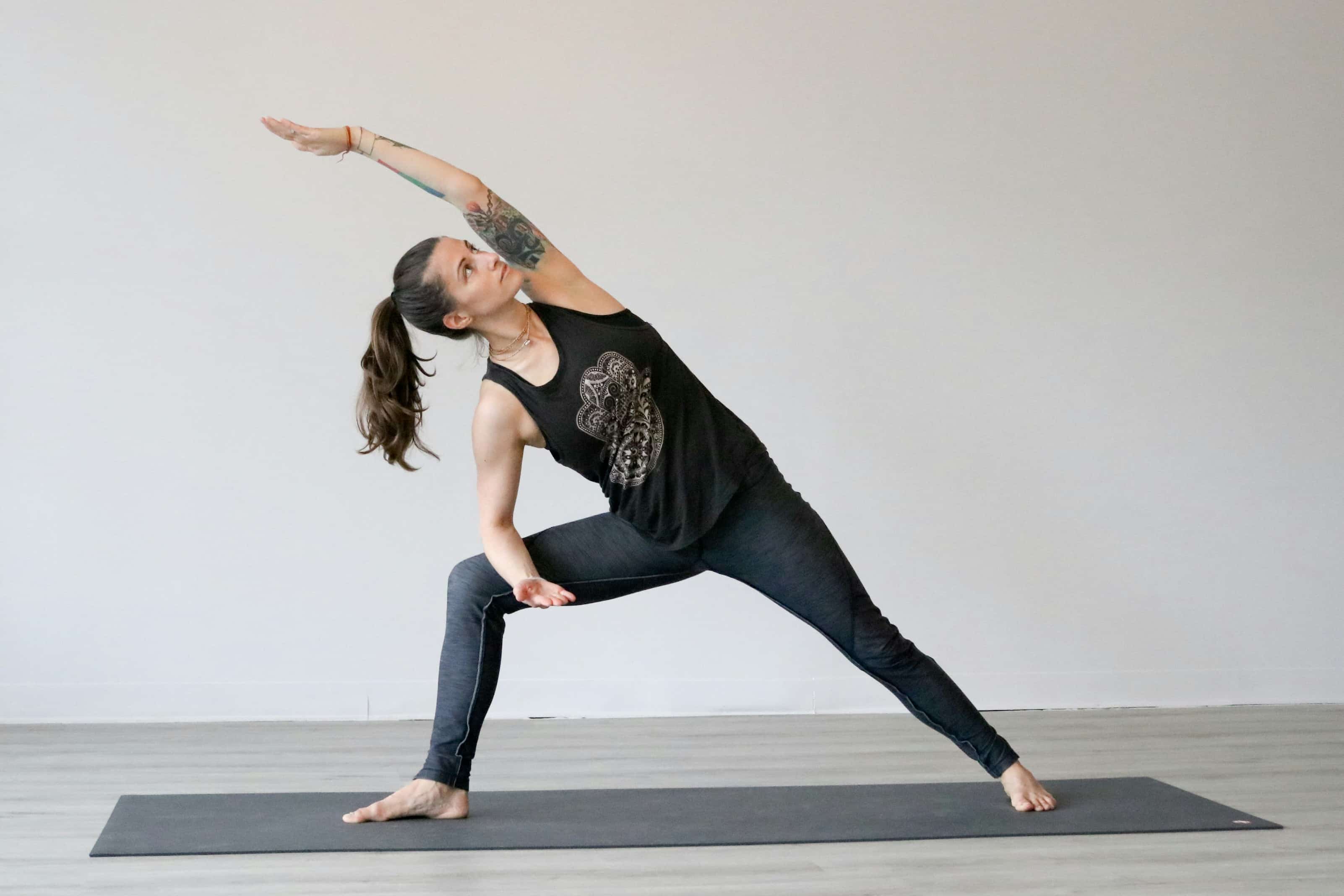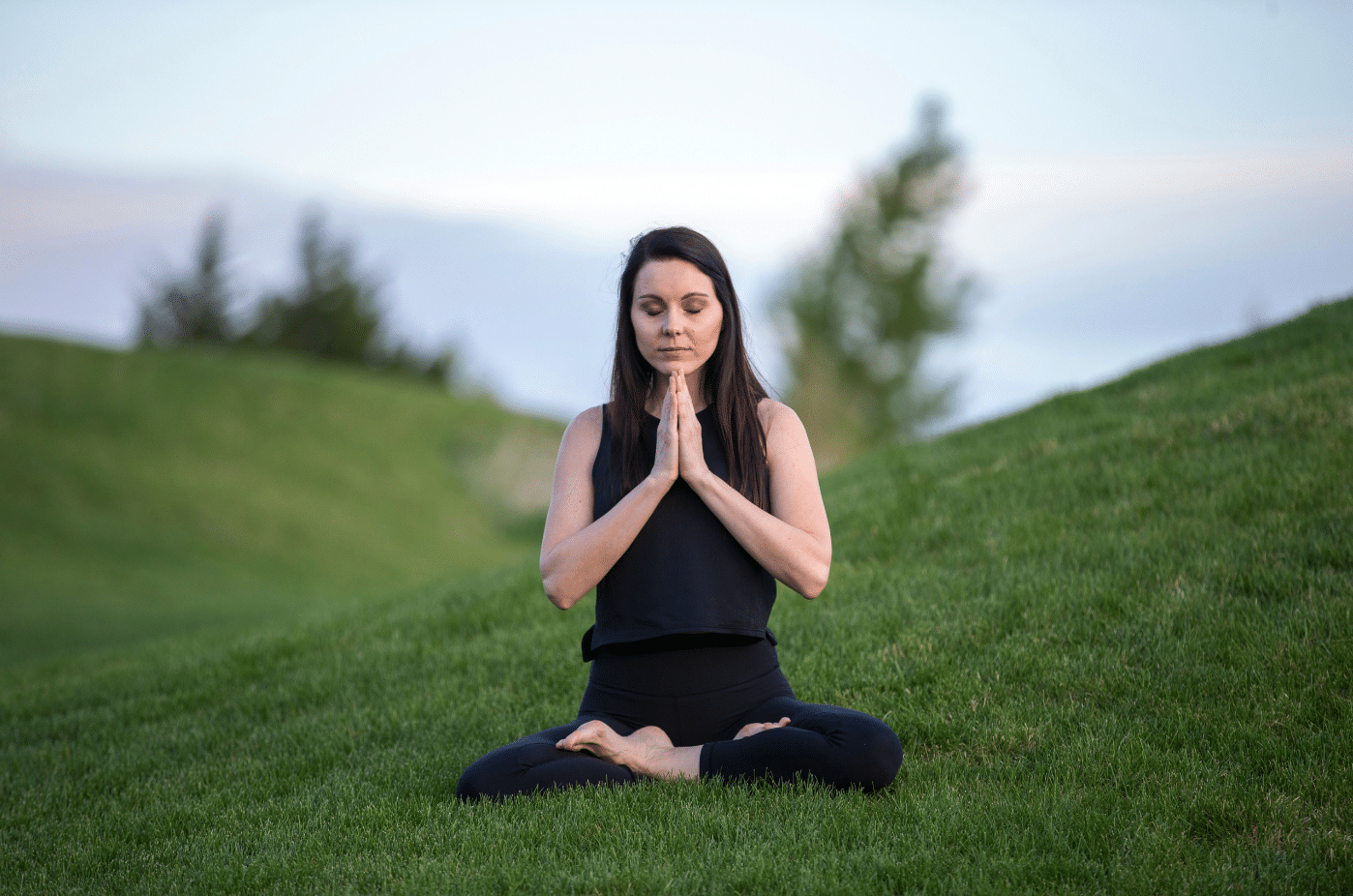Summer is right around the corner!
In many parts of the world, summer means people peel back layers of clothing to get some breeze and sunlight exposure.
Our bodies are wired to like the sunlight, and there are biological reasons for this. Not only does the type of light the sun emits cause our brain to release serotonin, a hormone that makes us experience feelings of joy and calm, but it also helps to activate a key mood-improving vitamin in the skin.
At the same time, however, the depletion of the ozone layer, the thin part of the earth’s atmosphere that absorbs almost all of the sun’s harmful ultraviolet light, has made being out in direct sunlight dangerous.
Knowing this, it can be difficult to discern whether being in the sun is more beneficial than harmful or vice versa.
This article summarizes recent research on the benefits and risks of sun exposure. It also summarizes the most recent guidelines for being out in the sun as safely as possible to minimize the risks and reap the benefits.

Get Your Free Guide
Learn How to Start a Fulfilling, Impactful Career as a Holistic Health Coach
You’ll learn:
- Why holistic health matters
- If holistic health coaching is right for you
- What career opportunities exist for health coaches
- And more!
4 Health Benefits of Sun Exposure
Sunlight Triggers the Release of Serotonin
Spending time in natural sunlight increases the release of serotonin, a brain hormone that promotes feelings of calm and joy. It also helps to regulate mood and emotions, appetite, and digestion. When waves of light from the sun enter your eyes, they stimulate the part of the retina that signals the brain to produce serotonin.
Low serotonin levels are associated with depression and major depression with seasonal pattern (formerly known as SAD). Major depression with seasonal pattern is a form of depression triggered by the changing seasons and often peaks in colder seasons with shorter days.
While medical scientists are not exactly sure what causes depression, in many people, it is likely due to an imbalance in neurotransmitter hormones, like serotonin, in the body, among other factors. Our skin has a serotonergic system capable of generating serotonin when the sun’s UV light hits it.
Sunlight Promotes Healthy Sleep Cycles
Exposure to sunlight as well as darkness has specific effects on the brain that promote sleep and wake cycles. Sunlight helps to make you feel awake, while darkness helps you to sleep. Melatonin is the hormone that the body makes to help you sleep.
The brain’s pineal gland needs serotonin to produce melatonin. If you remember from the previous point, sun exposure helps trigger serotonin release. In other words, the serotonin released during the day as a result of sun exposure gives the pineal gland in the brain the raw material to make melatonin to help us sleep.
At the same time, the blue light emitted by LED devices, like smartphones, tablets, computers, and flatscreen TVs, blocks the release of melatonin, having a contradictory effect.
The Sleep Foundation recommends exposure to natural sunlight during the day and limiting exposure to LED devices in the hours leading up to sleep to pave the way for timely serotonin and melatonin release and healthy sleep-wake cycles that will leave you feeling refreshed and energized.
Sunlight Can Help Support Strong Bones
Calcium and phosphorus are important for human health, but they won’t make their way into your bones without vitamin D. Most of the vitamin D our bodies use is produced in the skin.
The UV rays emitted by the sun make the vitamin D produced in the skin usable. When the skin is exposed to sunlight, the UV rays penetrate the outermost layer of the skin, called the epidermis, and initiate a process called photolyzation. Photolyzation converts provitamin D3, an unusable form of vitamin D, to previtamin D3. Previtamin D3 can then undergo other processes into vitamin D3 to be used for calcium uptake into the bones, or it can be further photolyzed into other forms of vitamin D that serve as a reservoir for later use.
Sunlight and Nature Can Improve Overall Wellbeing
Spending time in nature is beneficial to many aspects of human health and wellness. Being able to observe flora and fauna in real time while having access to natural sunlight can have a significant impact on your wellbeing. In short, spending time outside in nature with access to sunlight:
- Is restorative
- Can help you recover from stress
- Can give you natural vitamin D
- Can fight seasonal depression
- Promotes cooperation and environmentally sustainable behavior
- Has a positive effect on immune system functioning
- May promote creativity
We go into detail about how spending time outside can improve your health and wellbeing in this article.
3 Health Risks of Sun Exposure
Increased Risk of Sunburn and Skin Cancer
Spending time in the sun may have its benefits, but if we are in the sun for too long, especially during peak hours of the day, it can be dangerous to our health.
The sun emits two types of radiation: UVA and UVB light. UVB light causes painful sunburns and skin cancers like basal cell carcinoma and squamous cell carcinoma.
UVA light doesn’t cause sunburns, but it is even more harmful than UVB because it penetrates more deeply into the skin and causes melanoma, a deadly skin cancer.
One of the primary reasons planet earth is able to sustain life is because of the unique stratosphere that encapsulates it. Each layer of the stratosphere has a vital function in creating an environment that allows life to thrive. The layer closest to the earth is the ozone layer, and it absorbs the majority of the sun’s harmful radiation, allowing only enough to come through to allow life to thrive.
Unfortunately, industrial gases and chemicals are eating away at the ozone layer, making it easier for us to get sunburns and skin cancer.
Increased Risk of Heatstroke
As the summer months peak, the temperature peaks as well. Spending time outdoors can feel good, but it also increases the risk of heatstroke. Heatstroke is when the body becomes so hot that it is unable to control its temperature even after profusely sweating.
Short-term symptoms include confusion, loss of consciousness, hot and dry skin, profuse sweating, dehydration, and high body temperatures. Heatstroke is fatal if treatment is delayed.
People around the globe are experiencing hotter summers than ever before. In fact, a group of scientists estimates that by the end of the century, the globe could experience summer weather for up to half a year, negatively affecting our ecosystems.
Accelerates Skin Aging
Sun exposure on the skin for short periods of time helps the skin convert provitamin D3 into a usable form, but if you stay in the sun for extended periods of time repeatedly, it can trigger irreversible damage to skin cells as well as eye cells.
The UV rays from the sun penetrate into the skin and, after some time, they cause damage to fibers that keep the skin feeling firm. When these fibers are damaged, wrinkles develop; this is called photoaging. Additionally, repeated exposure can cause irregularities in your skin color, causing discoloration or hypercoloration on parts of the skin that are most regularly exposed to sunlight.
Preventing skin aging isn’t only about how we look; when the fibers in our skin are damaged, it also compromises our skin’s strength and resiliency. The skin fibers are fragmented, negatively affecting wound repair, nerve functions, immunity, vasculature, and more.
Guidelines for Reducing the Risks of Sun Exposure and Reaping the Benefits
The CDC has a set of recommendations for reducing the risks of sun exposure and reaping the benefits.
- Spend time outside in the early hours of the day and the later hours of the afternoon and evening. The sun’s rays are most direct between the hours of 10 a.m. and 4 p.m., and there is a greater chance of sunburn.
- Wear at least 30 SPF sunscreen that blocks UVA and UVB radiation. Your dermatologist may recommend a higher SPF for your skin tone.
- Reapply sunscreen every two hours on areas of the skin that are exposed. You should do this even if you are not in direct sunlight and if it is cloudy.
- When spending time outdoors, wear breathable long sleeves, hats, and sunglasses.
- Look for the shade so you can enjoy the views of nature while staying protected from too much sun exposure.
- Stay hydrated. Aim to drink at least eight cups of water daily, and more if you are sweating or exercising.
- Talk to your healthcare team about taking a vitamin D3 supplement, especially if you are prone to sunburns.

Main Takeaways
Spending time outside in the sun has many benefits for your health and overall wellbeing. It can help to fight against depression, help you sleep better, and even promote healthy immune system functioning. However, spending too much time in the sun during peak hours, especially without sun protection, can be very detrimental to your health.
There is no need to fear sunlight; without it, life on earth would not be possible. It is also not necessary to hide from the sun at all times. It is important, however, to be cautious and protect your skin and eyes from the sun when its rays are the strongest. Wear sunscreen and sunglasses that protect you from UVA and UVB rays, reapply sunscreen every two hours regardless of where you are and what the weather is like, and seek shade when possible.

Get Your Free Guide
Learn How to Start a Fulfilling, Impactful Career as a Holistic Health Coach
You’ll learn:
- Why holistic health matters
- If holistic health coaching is right for you
- What career opportunities exist for health coaches
- And more!
References:
- https://www.nationalgeographic.org/encyclopedia/ozone-layer/
- https://www.pbsnc.org/blogs/science/sunlight-happiness-link/
- https://time.com/4888327/why-sunlight-is-so-good-for-you/
- https://www.sciencedirect.com/science/article/abs/pii/S0306987716303966
- https://www.sciencedirect.com/science/article/abs/pii/S016517811930561X
- https://www.tandfonline.com/doi/full/10.1080/19381980.2016.1248325
- https://www.sciencedaily.com/releases/2019/09/190906092809.htm
- https://www.sciencedaily.com/releases/2014/11/141120112348.htm
- https://www.sciencedaily.com/releases/2004/07/040707091722.htm
- https://www.ncbi.nlm.nih.gov/pmc/articles/PMC3779905/
- https://www.sleepfoundation.org/bedroom-environment/blue-light
- https://pubmed.ncbi.nlm.nih.gov/2825606/
- https://www.tandfonline.com/doi/full/10.4161/derm.24494
- https://discovery.ucl.ac.uk/id/eprint/1361488/
- https://pureportal.strath.ac.uk/en/publications/sunlight-and-mental-wellbeing-evidence-of-links-from-social-housi
- https://www.frontiersin.org/articles/10.3389/fpsyg.2018.01583/full
- https://www.sciencedirect.com/science/article/abs/pii/S0306987718303530
- https://edition.cnn.com/2021/03/23/weather/climate-change-hotter-summers-trnd/index.html
- https://www.cdc.gov/niosh/topics/heatstress/heatrelillness.html
- https://www.ncbi.nlm.nih.gov/pmc/articles/PMC4292080/
- https://wwwnc.cdc.gov/travel/page/sun-exposure



